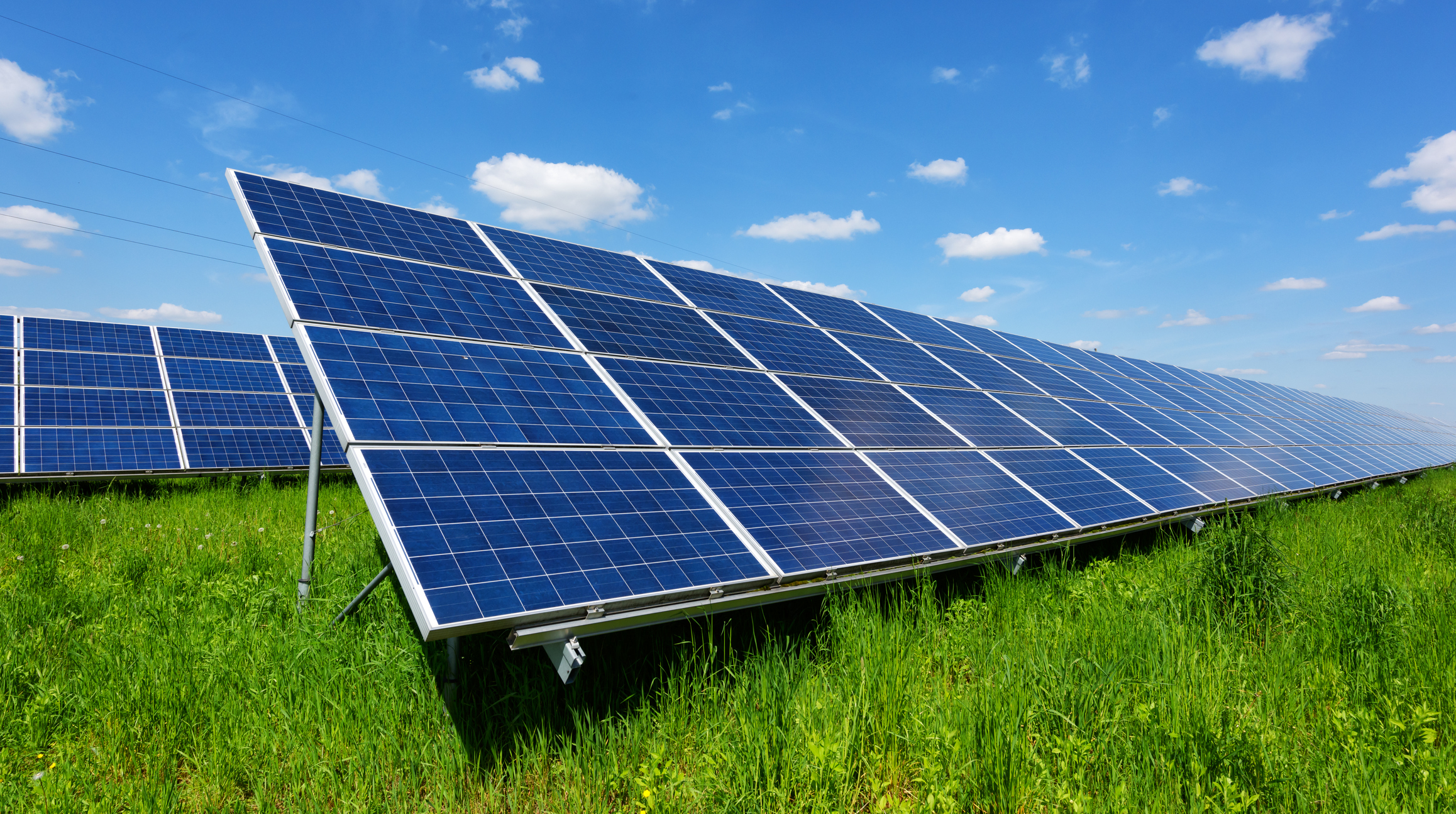- Joined
- Aug 11, 2008
- Messages
- 1,166
- Points
- 48
https://www.news1130.com/2018/07/08/no-sun-no-problem-bacteria-fed-solar-panels-works-ubc/
No sun, no problem: bacteria-fed solar panels in the works at UBC
by Lasia Kretzel
Posted Jul 8, 2018 9:28 am PDT

(iStock)

Summary

Prototypes use metal coated bacteria that feeds off of light, even low-levels of light

Researcher says it's simple, cheap technology
VANCOUVER (NEWS 1130) – The west coast may not be prime territory for solar power right now, but new technology out of UBC could change that.
A team of scientists are developing a new type of solar power that gets help from electricity-generating bacteria.
Biological engineer Vikram Yadav says his team genetically modified the bacteria to produce a type of super light sensitive pigment, improving on the costly method of injecting pigment into the cells.
“Light falls on the pigment, activates it or excited the pigment, the pigment is then releasing electrons. These electrons are contributing to the electrical current,” explains Yadav.
“[The bacteria] is able to get excited even when low levels of light fall on it, so that addresses the low-level light challenge,” he says, meaning it will work on the cloudiest of winter days in Vancouver.
The idea behind the bacteria solar panels began in California where researchers took chlorophyll from spinach leaves and using the pigment on the solar cells. Eventually these scientists saw small currents coming from the pigments.
Yadav explains the new panels they are working on a UBC is a play on the previous experiment. Instead of pigments, they’re using E. coli
And while this process sounds complex, Yadav says it’s actually a simple technology–and it’s cheaper.
“Bacteria naturally likes to multiply…that’s actually easy and cheap to do,” he explains, adding they engineered the bacteria to encourage growth, and the coated it in metallic nano-particles to turn it into usable electricity.
“Once you’ve got that, the third part is to just take the bacteria that are coated with the particles…put them into an electrode, and introduce them into the solar cell.”
Yadav says his team is using a lot of already established technology and combining it in new ways. But he warns, these solar panels are only a ‘generation one’ or a prototype.
“They have to compete with existing alternatives in the market. There’s still a lot of research and development that needs to go into these solar cells that has to elevate their performance to a level that people will feel is competitive with existing solar technologies.”
He says the team has identified what some of those adjustments should be, and what the next steps in the research will look like.
He estimates it’ll be a couple years yet before these solar panels will be on store shelves.
No sun, no problem: bacteria-fed solar panels in the works at UBC
by Lasia Kretzel
Posted Jul 8, 2018 9:28 am PDT

(iStock)
Summary

Prototypes use metal coated bacteria that feeds off of light, even low-levels of light

Researcher says it's simple, cheap technology
VANCOUVER (NEWS 1130) – The west coast may not be prime territory for solar power right now, but new technology out of UBC could change that.
A team of scientists are developing a new type of solar power that gets help from electricity-generating bacteria.
Biological engineer Vikram Yadav says his team genetically modified the bacteria to produce a type of super light sensitive pigment, improving on the costly method of injecting pigment into the cells.
“Light falls on the pigment, activates it or excited the pigment, the pigment is then releasing electrons. These electrons are contributing to the electrical current,” explains Yadav.
“[The bacteria] is able to get excited even when low levels of light fall on it, so that addresses the low-level light challenge,” he says, meaning it will work on the cloudiest of winter days in Vancouver.
The idea behind the bacteria solar panels began in California where researchers took chlorophyll from spinach leaves and using the pigment on the solar cells. Eventually these scientists saw small currents coming from the pigments.
Yadav explains the new panels they are working on a UBC is a play on the previous experiment. Instead of pigments, they’re using E. coli
And while this process sounds complex, Yadav says it’s actually a simple technology–and it’s cheaper.
“Bacteria naturally likes to multiply…that’s actually easy and cheap to do,” he explains, adding they engineered the bacteria to encourage growth, and the coated it in metallic nano-particles to turn it into usable electricity.
“Once you’ve got that, the third part is to just take the bacteria that are coated with the particles…put them into an electrode, and introduce them into the solar cell.”
Yadav says his team is using a lot of already established technology and combining it in new ways. But he warns, these solar panels are only a ‘generation one’ or a prototype.
“They have to compete with existing alternatives in the market. There’s still a lot of research and development that needs to go into these solar cells that has to elevate their performance to a level that people will feel is competitive with existing solar technologies.”
He says the team has identified what some of those adjustments should be, and what the next steps in the research will look like.
He estimates it’ll be a couple years yet before these solar panels will be on store shelves.
